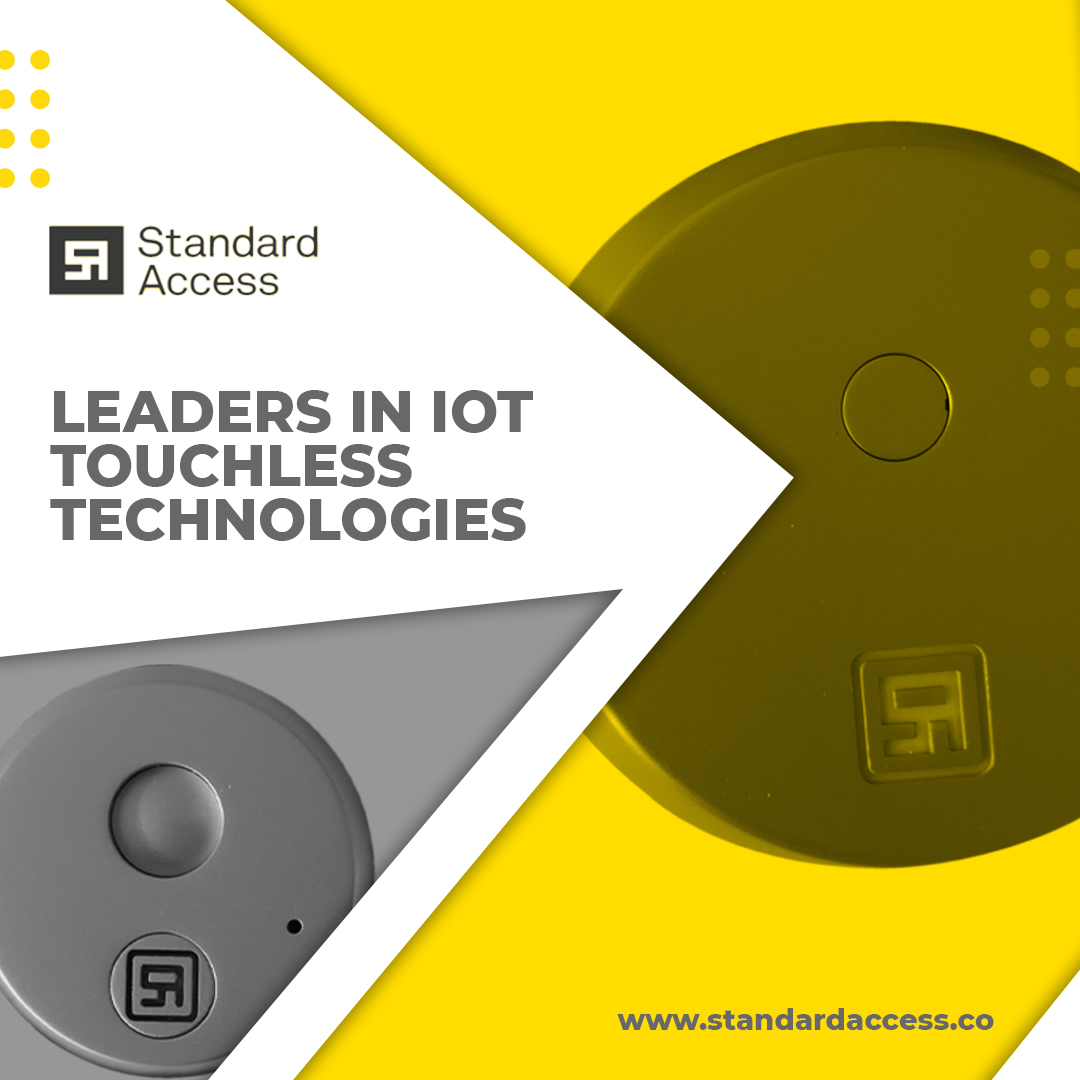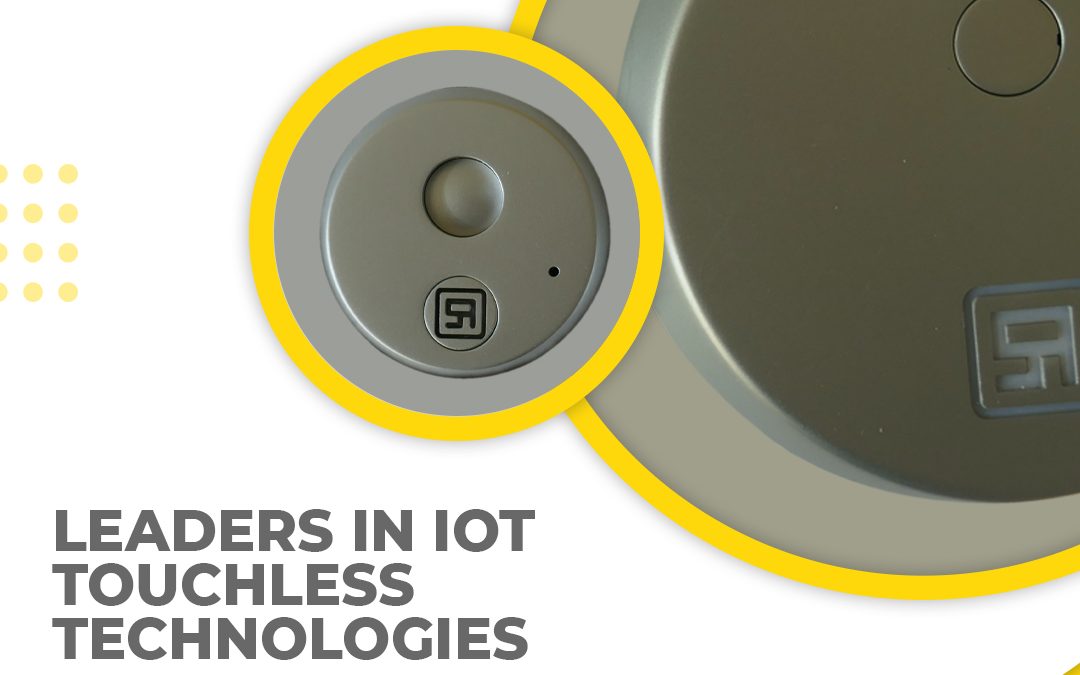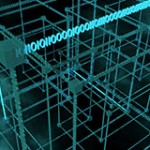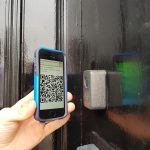“Touchless interfaces will allow us to communicate with cyber-physical systems in a new and more natural way. If implemented thoughtfully and responsibly, these interfaces can provide a competitive advantage”.
The world has changed.
Our workplaces will soon start to reflect these changes, if it is not happening already. Here at Standard Access, we are seeing a rapid uptake of touchless technologies by companies in Ireland and around the world. Covid-19 is forcing a rethink of corporate philosophies, principles and ideas on what makes a workplace safe. While there are many factors that feed into making the workplace safe for teams to return, contactless entry, navigation and exit, and other touchless solutions are topping the list of essential changes. Interestingly, even prior to the pandemic, touchless technologies were becoming popular across smart building applications as they lend themselves to a whole suite of accessibility solutions. Leveraging the potential of artificial intelligence, cloud connectivity, biometric technology and IoT, the introduction of new touchless technologies can greatly enhance the tenant or visitor experience, which is good news for landlords.
Standard Access, the global leader in secure data transmission for IoT smart building technologies, has successfully developed an end-to-end smart building operating system – the Digital Spine OS that encapsulates all the critical metrics, from energy performance, user comfort and space optimization, right through to pandemic-responsive solutions. The latter includes indoor air quality monitoring and keeping a real-time headcount of people in a room or building at any given time. Compliance with social distancing and mask wearing are also amongst the new features available to building owners and operators.
New IoT solutions for smart buildings are emerging daily and many of these are contactless or touchless as standard. While some are novelty-driven, others are becoming increasingly necessary, particularly in light of the pandemic restrictions and new safety protocols. Whereas the proptech and smart building conversation pre-2020 was all about convenience, value and benefits, for the foreseeable future, the value proposition is safety. Irrespective of the driving force, the end result is the same – insight rich, usable data. In recent years, building owners and managers have moved from viewing data as a threat or liability, to now understand it for the valuable asset it is. This has been the single most meaningful and transformative leap for the industry over the past 12 months. But IoT solutions, even if installed in isolation or through different providers, cannot be considered in isolation. Ad hoc or singular solutions can pose a very real threat to the security of a building. It is important for building owners and operators to understand the critical infrastructure. The digital spine of a building is the central support structure that keeps it upright and connects the different parts of the building to each other. It is the powerhouse of a smart building enabling the ‘plug-in’ of these new sensors and technologies, that is, the digital spine. Without this, IoT plug-ins can result in invisible vulnerabilities and threaten the security of the building, the BMS, HVAC systems and other critical infrastructure – If you have any concerns about this, speak to the expert team at Standard Access about secure data transmission at https://standardaccess.co.
Having a pandemic-responsive workplace is the first step towards facilitating a return for employees. While remote working is likely to become a permanent feature of work life in most countries, the office still has an important role to play in bringing teams together to create and for necessary collaboration. Reducing the number of touchpoints in shared spaces will be critical. This starts by reducing the touchpoints upon entering, navigating and exiting buildings. Looking ahead, we expect to see more extensive use of touch-free workplaces, from automatic interior doors to more intuitive elevator systems and everything in between.
According to Dr. Aleksander Poniewierski “Touchless interfaces will allow us to communicate with cyber-physical systems in a new and more natural way. If implemented thoughtfully and responsibly, these interfaces can provide a competitive advantage”.
Standard Access covers all aspects of property management, including data analytics and security, in one efficient system, making it easier to manage multiple buildings from a single location. For advice on the types of touchless technologies your building needs, contact the expert team at Standard Access today.
About Standard Access:
Established in 2014 by Damien Browne, Standard Access is the global leader in IoT digital spine secure data transmission for smart building technologies, providing solutions for contactless building access through the patented Sonic Handshake®, along with a suite of AI-enabled solutions for building owners/operators and their tenants. www.standardaccess.co








